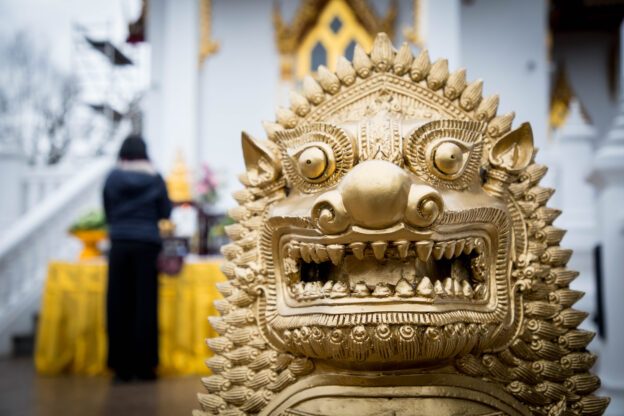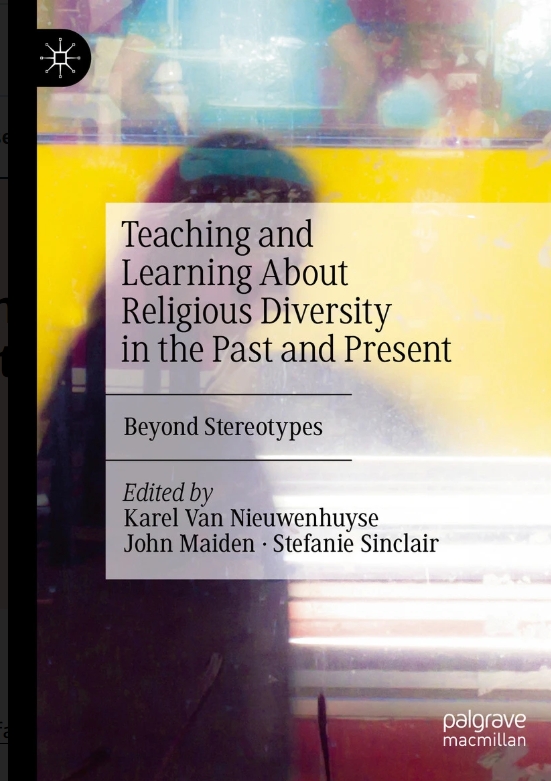In the face of the recent upsurge of anti-Semitism, Islamophobia and other forms of prejudice, how can we support young people in building their resilience against hostile voices?
The Open University’s RETOPEA (‘Religious Toleration and Peace’) project team is collaborating with colleagues from the ‘Understanding the Interplay: Worldviews, Education & Lived Citizenship’ project (Universities of London South Bank University and UCL) and HFL Education to offer a free joint workshop on the 24th of June 2025 at Walton Hall in Milton Keynes. This will explore ‘Creative pedagogies for promoting religious tolerance and diversity in schools’, including the use of filmmaking and Lego.
This workshop is aimed at head teachers and educational leaders in secondary education, further education and sixth forms as well as at teachers in history, film and media studies, or religious, worldviews and civic education. The workshop is offered free of charge, with financial support from the Culham St Gabriels Trust.
The RETOPEA project aims to support young people’s active learning about religious diversity in the past and present through the creative process of making short documentary-style films (‘docutubes’). RETOPEA is an international project originally funded by the EU’s Horizon 2020 Research and Innovation Programme (2018-22; Grant Agreement no. 770309). Its educational methods and resources have been piloted across Europe with young people (aged 12-18). From 2023 onwards, further funding from the Culham St. Gabriel’s Trust and The Open University’s Open Societal Challenges programme has allowed the team to test and evaluate RETOPEA resources and methods more extensively in Jordan, Albania and the UK, and the team are currently also exploring their use in primary and home education.
The RETOPEA team have developed a free online course on Young people and religion: creative learning with history, which is available on OpenLearn. This explains how teachers and youth workers can use the ‘docutube method’ in their own teaching. Participants will receive a free statement of participation upon completion.
The team would like to hear from teachers, educational leaders and schools interested in using the docutube method and RETOPEA resources.
To get in touch, find out more about RETOPEA or book your place at the workshop in Milton Keynes on the 24th of June, contact: RETOPEA@open.ac.uk, including details of your school, job title and roles held.













